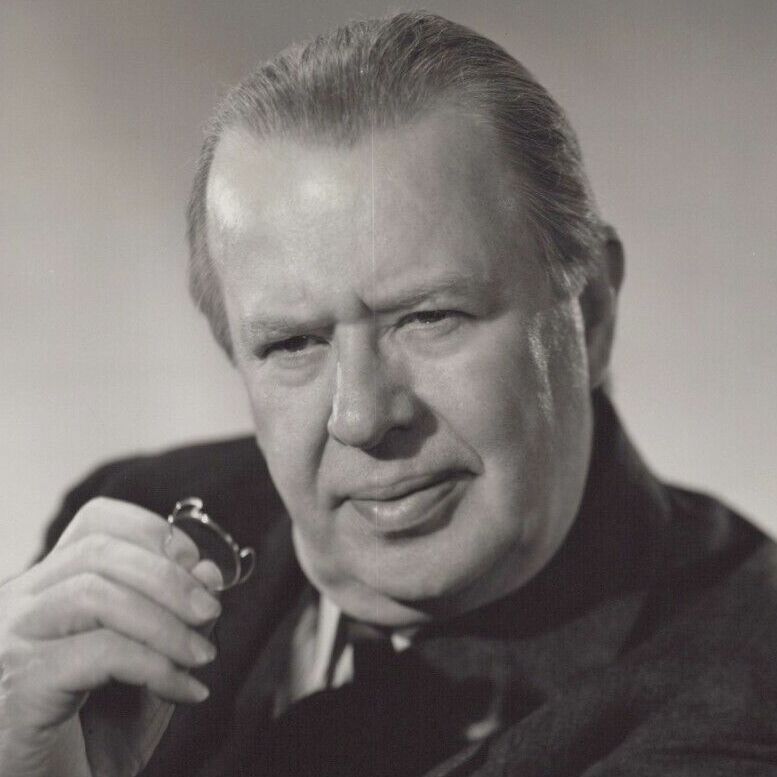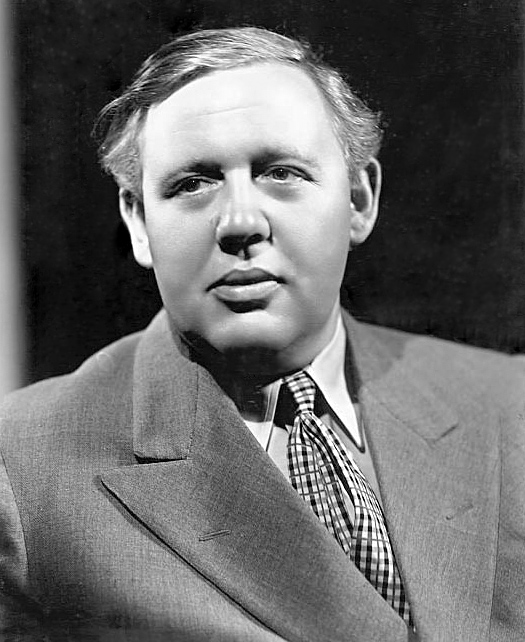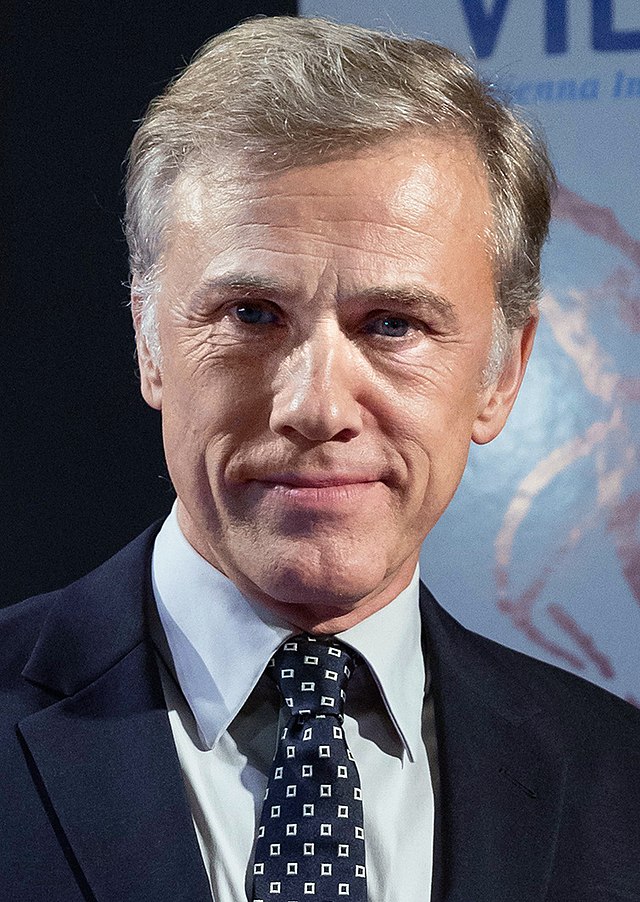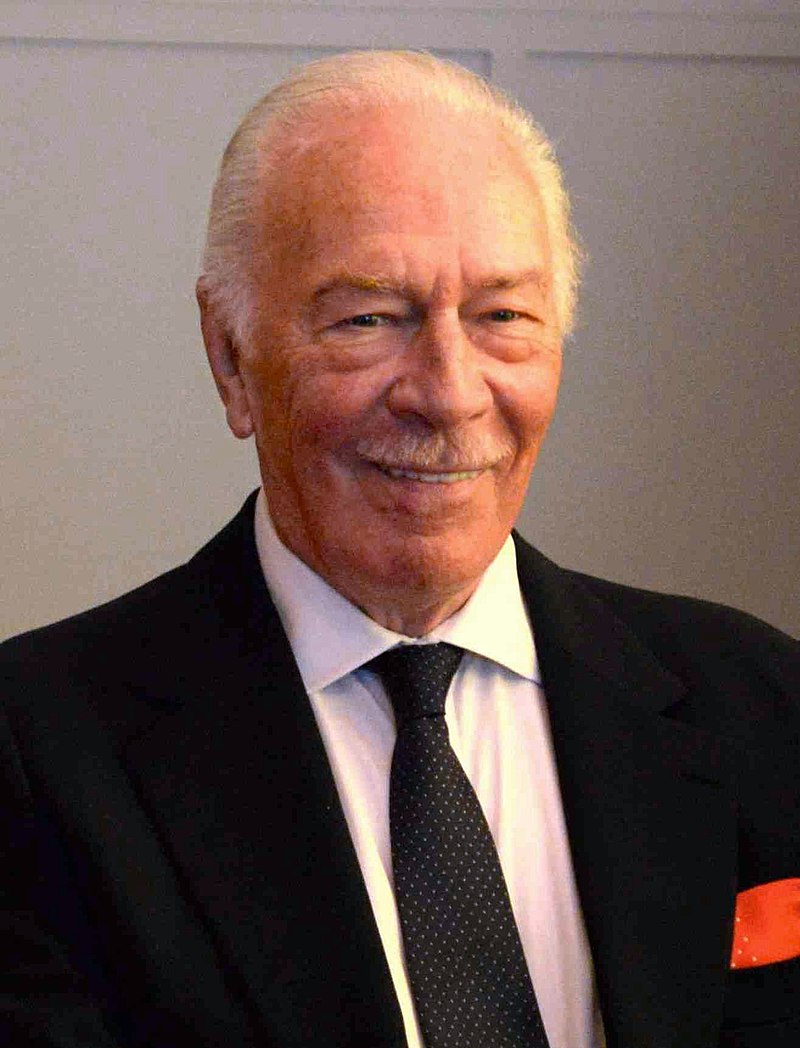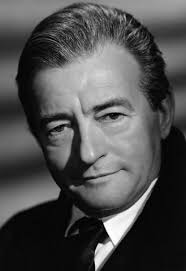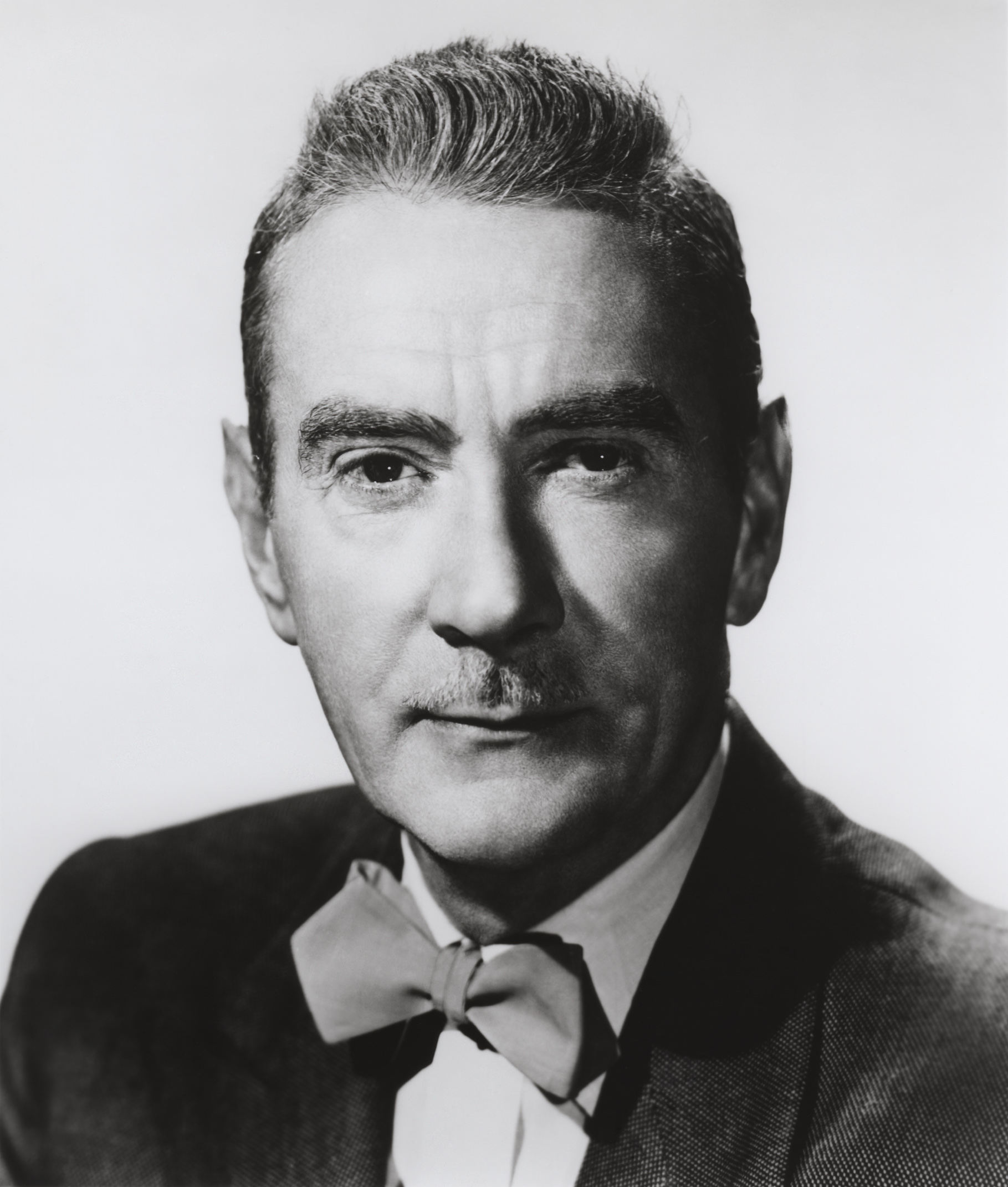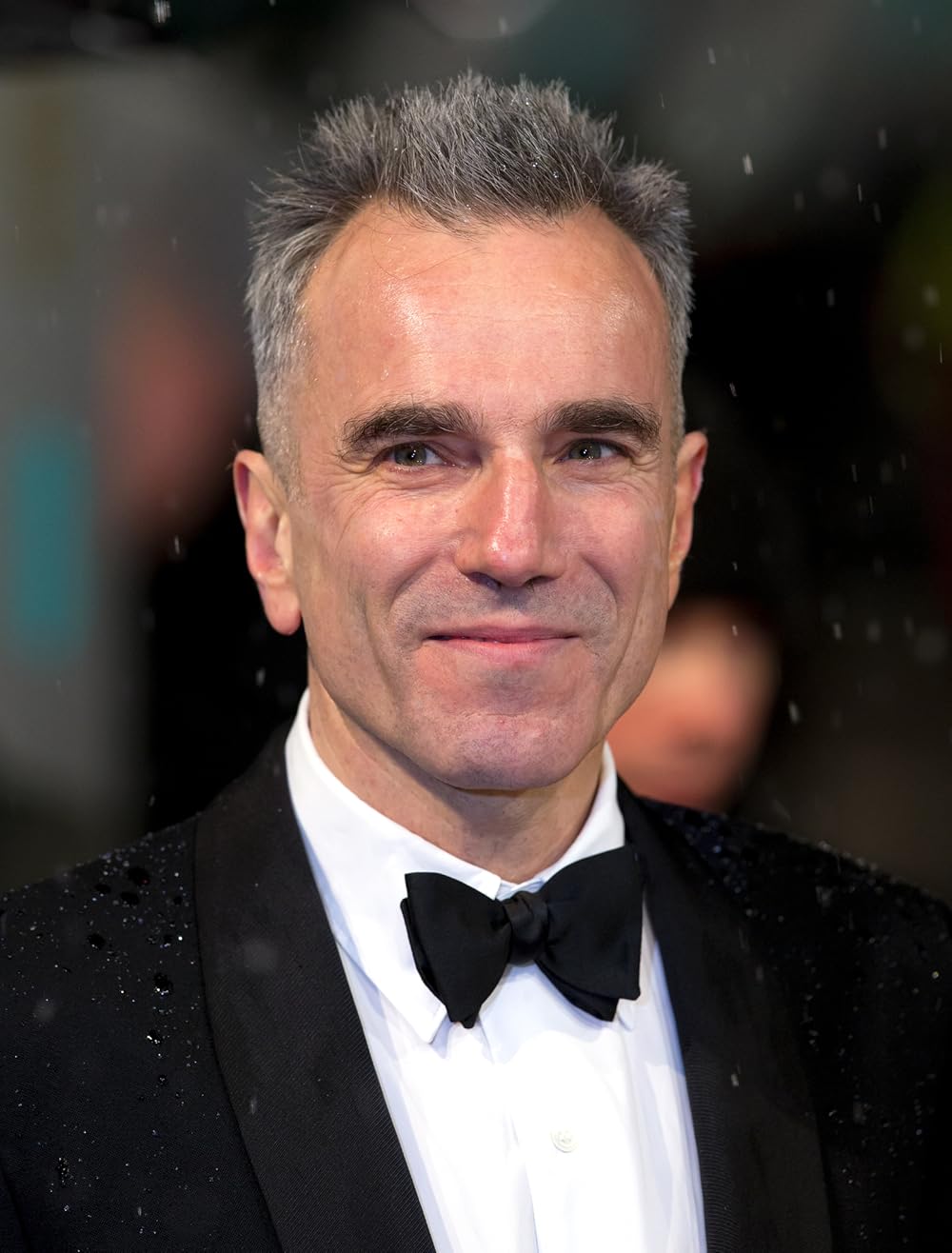Li Ka-Shing was born on June 13 (some sources note July 29) 1928 in Guangdong province of China, Chaozhou town in the family of a school teacher. In 1938, Li Kashin nearly died of tuberculosis. In 1940, his parents moved to Hong Kong, where Uncle Li helped them settle. In 1942, Li’s father died of tuberculosis, and the boy, before completing the fifth grade, went to work. At first, he sold bracelets for watches, but this activity did not bring much profit, and later got a job in a factory for the production of plastic flowers. Already in those days, the boy showed hard work and perseverance, he worked 16 hours in hazardous work, and after finishing work he attended evening classes at school.

Big business
Since 1979, Li Kashin has become a leading Chinese merchant and acquires half of the controlling portfolio of Hutchison Whampoa. The concern represented a wide range of services: commerce, storage facilities, real estate, development of the earth’s depths, financial services, port facilities, and food production. For many, it remains a mystery how he could carry out such a major deal. There are many versions of this account, but the most reliable is the fact that Hutchison Whampoa was going through hard times at that time, and Li Kashin gradually brought her out of the crisis, restoring her leadership position. The holding abandoned unprofitable industries and focused on the development of port infrastructure, construction, telecommunications, and energy sectors.
Since the 1980s, he has been investing in new economic sectors.
Interesting fact: Li Kashin mysteriously knew profitable areas in advance, invested capital, and when the value of the enterprise was the highest, he realized it.
Since 1985, a portfolio of shares of the Hongkong Electric Power Corporation has been added to its ownership. And the Hutchison Telecom corporation becomes the leader among cellular operators according to AMPS, and TACS standards.
Two years later, Li Kashin bought 43% of the shares of the Canadian oil organization Husky Oil. This purchase became part of Cavendish International, which the entrepreneur later acquired as well. Since the acquisition, Husky Oil has gradually gained momentum. If at first it was estimated at $ 500 million, then under the leadership of Li Kashin, its value increased to $ 8 billion for a small block of shares. This operation put Li Kashin on the Forbes list in 1987.
Since 1991 Kashin has entered the UK mobile communications business platform. He acquires the unprofitable service Rabbit, gives it a new name Orange, “promotes” it, and sells it for $ 14.6 billion to the German association Mannesmann AG. After some time, his merger, Hutchison Telecom, returns to the trading floor and buys out the right to use the wireless Internet.
After the 1990s, Li Kashin changed his strategy, now his reference point is the preparation for the reunification of Hong Kong with China. He has been active since 1993. During this period, there is a chain of investments in Chinese companies. A significant share of investments was made in real estate, which at that time had not yet become a priority in the PRC. So, in 1995, Li participated in the commission for the preparation of the transfer of Hong Kong to the sovereignty of China. During this time, he transferred a third of the capital of his association to the Cayman Islands. In order not to generate unnecessary questions, he informs his Chinese partners of his intention to give the union to his sons.
Since 1996, his company has taken full control of the commercial ports of Cristobal and Balboa on the Panama Canal.
In 1998, Li Kashin’s commercial networks brought in a turnover of $ 2.7 billion, and the cargo traffic of his ports formed 14.1 million containers. By 2000, Li Kashin owned 10% of all enterprises in Hong Kong.
Charity
Having lived his childhood years in poverty and ailments, Li Kashin, who made a lot of money, became a patron of the arts. In 1980, he created a philanthropic foundation on his behalf, donating millions of dollars to hospitals and educational institutions in East Asia and North America. In 1981, he donated $ 3 billion for the construction of the Shantou Institute, later significant investments were allocated to the institutions of Singapore, Hong Kong, and California. After the 2004 Indian Ocean tsunami and the 2006 and 2008 floods, Lee supported the victims by funding housing, medical supplies, and communications.
For his philanthropic work, Li Kashin was awarded various awards, including the title of Knight Commander of the Order of the British Empire, and the building of the University of Hong Kong was named in his honor.


